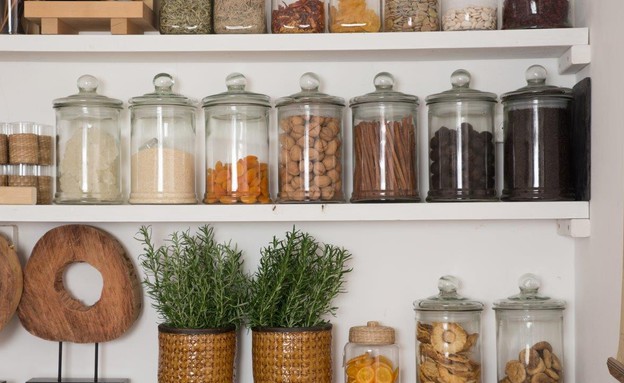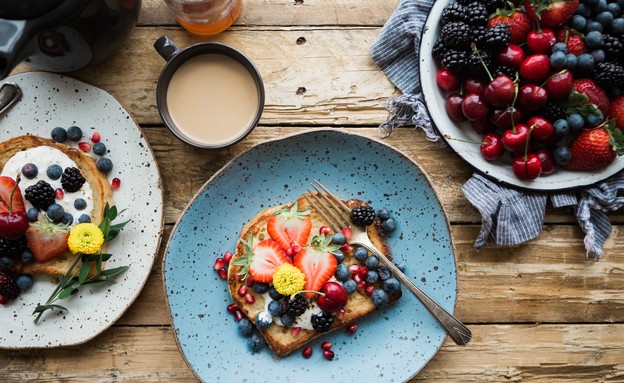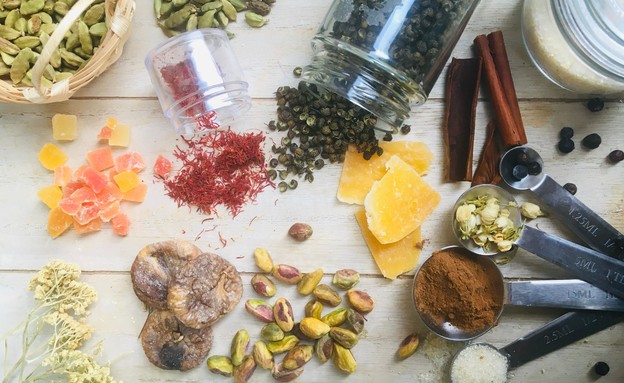Dried fruits – nutritional values
Dried fruits contain minerals and are a rich source of magnesium, iron and calcium. Some are rich in iron, calcium or zinc and all together are an excellent source of magnesium. The dried fruits are also cholesterol-free and most of them are rich in potassium.
Almonds and nuts are rich in unsaturated fat, which may help lower blood cholesterol levels and lower the risk of various diseases including high blood pressure, type 2 diabetes and certain cancers. They are rich in dietary fiber, which aids in the activity of the digestive system, addresses the need for sweetness, is an available source of energy and actually constitutes “fuel” before exercise. Bonus, they are digested quickly and do not burden the digestive system during activity.
Dried fruits – it is important to pay attention
Preservation and food coloring. Many dried fruits add preservatives, which prolong the shelf life of the fruit and give it a better color. Some of the food colors that are added to dried fruits are from the group of food colors that have been outlawed in many countries, such as tetrazine and yellow sunset. Their dried fruits add these colors are for example kiwi, papaya, pineapple and apricot.
Added sugar. Although fruits are essentially sweet, in some dried fruits sugar is added for a more intense sweet taste. How do we know if sugar has been added to dried fruit? We will not always know – it is worth looking at the nutrition label.
Vitamins. Compared to fresh fruits dried fruits have much less vitamins, they are destroyed in the drying process.
caloric value. The fruit shrinks and loses significantly from its original weight, it is less satisfying, but calorically contains like the original fruit and sometimes even more. Due to this, the nutritional and caloric value of 100 grams of dried fruit is about 5 times compared to fresh fruit.
Which dried fruit is most fattening?

The healthiest dried fruits
Buy organic dried fruit in a closed package – this way you will know that you did not add pesticides, sugar, sulfates and food coloring to the fruit and you will receive clean fruit from various unidentified additives:
Dates. The healthiest dried fruit is the date, which dries naturally on the tree as part of its ripening process so there is no need to add sugar, preservatives or other artificial ingredients. It contains 80 percent sugar, protein, fat, minerals, iron, copper, sulfur, magnesium and calcium. It contains a large amount of fiber and antioxidants called polyphenols, rich in vitamin B vitamins and a great source of potassium supplementation. It is a source of fuel available to the body and great before or during exercise.
5 health benefits of the date
Berries without added sugar. High in antioxidants, xanthine, beta carotene, potassium and iron. They have a delicate sweetness and can be added to yogurt, porridge or smoothies. You can also boil them in boiling water and drink. They are very low in carbohydrates and calories.

Dried banana. Rich in B vitamins, potassium and fiber. Eating one banana a day provides the recommended daily potassium quota for our body to balance blood pressure, maintain proper kidney function and deal with ongoing stressful situations. In addition, the banana contains 8 amino acids that our body cannot produce on its own.
raisins. Rich in vitamins and minerals, dietary fiber and antioxidants like resveratrol and anthocyanins that help neutralize cell damage, help the cardiovascular system and improve metabolic processes. They also contain magnesium – which is beneficial for heart health and healthy muscle function and potassium which helps maintain normal blood pressure. The raisins also contain a good amount of iron that contributes to the formation of hemoglobin and helps strengthen the immune system.
A serving of raisins (about 30 grams) has about 130 calories and 25 grams of sugar, which is a relatively large amount considering the size of the dish. Although it is a natural fruit sugar, it is recommended to consume them in moderation and make sure that no sugar is added to them during the drying process. A healthy and satisfying way to eat them is as an addition to oatmeal or yogurt.
Carobs. Very rich in calcium and one carob contains as much calcium as a third cup of milk. They are also very rich in fiber: one carob provides a quarter of the average daily intake of fiber for an adult! In 100 grams there are 222 calories. One carob contains about 45 calories, and a tablespoon of carob powder contains 18 calories.
